
The brakes are one of the most important parts for the safety of our vehicle along with the suspension and tires. That is why it is necessary to check that the braking system is in perfect condition. What it means to periodically review the state of the pills and discsbut also the brake fluid and possible leaks in the hydraulic circuit through which it moves.
When the level of this liquid is low, the causes can be several. For example, brake pad wear causes a drop in level, because the calipers have to close more to compensate. In this case, there is no need to worry, because it is a normal process. At most you have to top up the liquid a little, if it falls below the minimum indicated on the master cylinder. The cause that should seriously concern you is a brake fluid leak. Therefore, in this article we are going to give you the keys so you know if you have one and how to locate it.
How to know if there is a brake fluid leak
Whether or not a warning light has come on on your dashboard, it never hurts to check the brake fluid level periodically. The situation of brake fluid reservoir varies from model to model, but is usually near the engine.

If the level is low, and you see that it is not due to the wear of the pads, you have to check for leaks. To be sure, check the level several times, stepping on the brake between each check. If the level continues to drop, you usually have a leak. Another symptom is that the pedal feels spongy. Also, if after pressing the brake pedal several times you see that it goes to the bottom, it is necessary to check the brake system immediately.
In case of having a brake fluid leak, we must quickly take our car to the workshop, since it is very Dangerous to drive in these conditions.
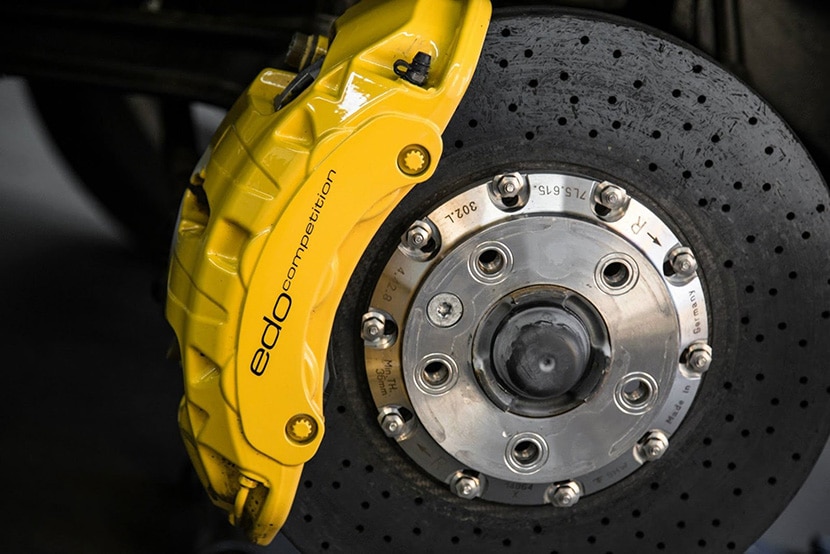
How to locate the leak

A car's braking system is made up of many parts: pipelines, hoses, lines, jaws, wheel cylinders, master cylinder, etc. We should also not forget to review the brake pumpAs well as abs block, since we can also have a leak through one of these systems. If you want to locate the leak quickly, we recommend the following method:
- Check the master cylinder or fluid reservoir. The hoses that go to it or the cap itself may leak if it is not screwed on properly. If the problem is not here, go to the next point to locate the leak in other parts of the car.
- Line the floor with paper kitchen towels, newspaper, or anything similar. A trick that is also used with antifreeze leaks.
- Put the car on top from them. If you can, do it by pushing and using the parking brake, because it is not convenient to use it with this type of breakdown,
- Once placed, press the brake pedal so that the fluid comes out of the leak and stain the papers you have put. Brake fluid is yellow when it's new and turns a brownish hue over time.
Thanks to this system, you will be able to know in which part or parts of the car there is a fluid leak. For example, if the stain is next to a wheel, you can remove it and take a look at the hoses, wheel cylinders, etc.

What happens if I run out of brake fluid?
Needless to say, you should not drive a car without brake fluid. Without it, your brakes won't work, because there's nothing to conduct pressure from the pedal to the brakes. Call a tow truck to take you to the nearest garage.
The situation can be more complex if you run out of circulating brake fluid. In this case you should know that the only mechanical elements you have left to lose speed are the Engine brake and hand brake.
Can a brake fluid leak be plugged?

Plugging a leak in a car's braking system is not a good idea. If you have a leak in a certain part, fix the part in question or replace it. Bear in mind that the hydraulic circuit through which the liquid passes must withstand great pressure, so the fixes that try to cover a leak will be of little use when you press the brake pedal and increase the pressure.
Furthermore, it is a circuit that can get very hot precisely because of the pressure. What would complicate the use of some materials to cover the leak. That is why brake fluids have a very high boiling point that is above 200º C even in the worst quality.
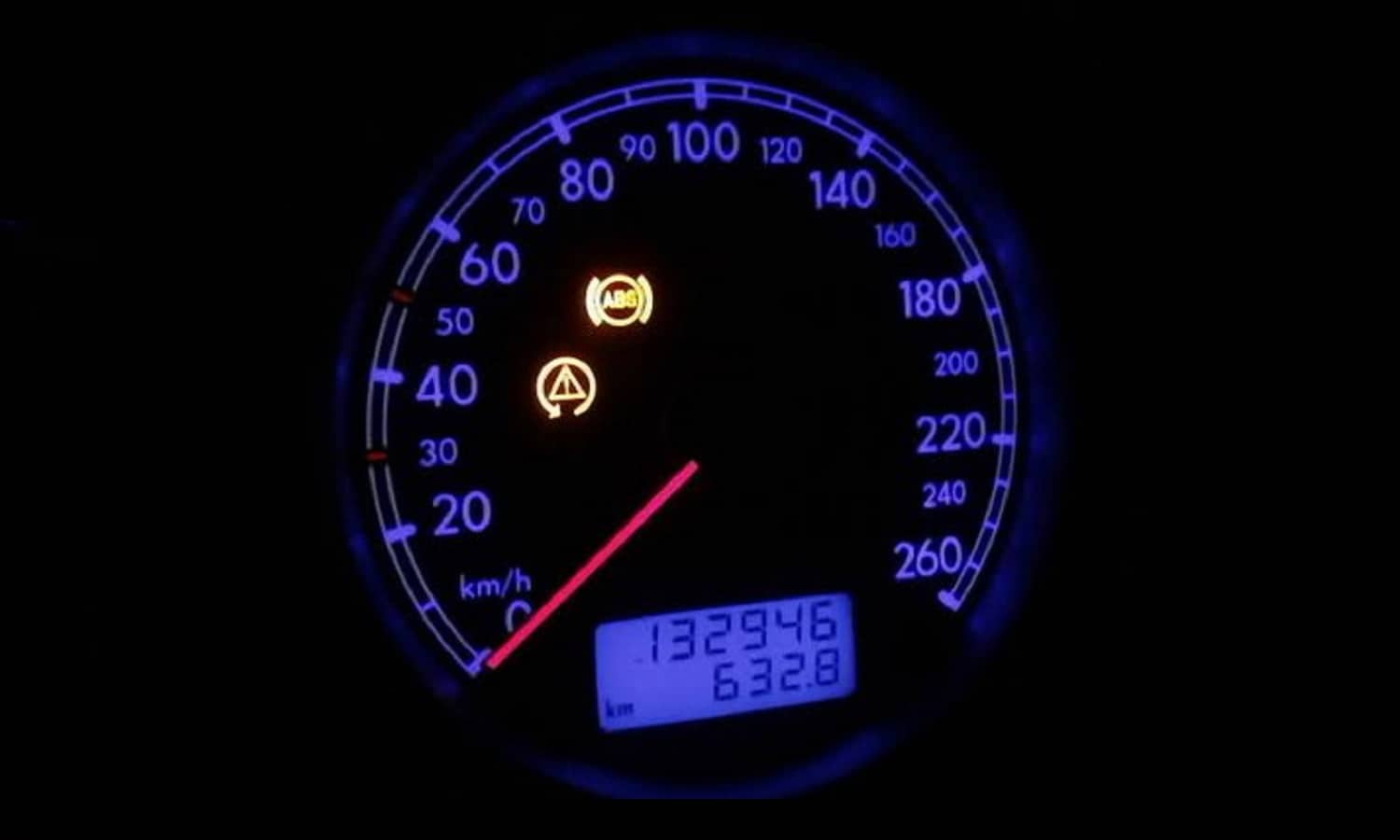
What brake fluid to use when compensating for the leak

If you have seen that you do not have a leak or you have already repaired the one you had, you have to recover the proper level of brake fluid. However, there are various types and each vehicle must carry the appropriate one for its design. Also, if you are only going to fill, you have to take into account that there are liquids that cannot be mixed with each other.
The best you can do is look into the tank cap of brake fluid. If it is not indicated, consult the manual of your car to find out which one corresponds to your version. If you don't have the manual, you can also take advantage of the car parts sales pages, because entering your make, model and engine will give you the fluids you can use with the appropriate DOT code.
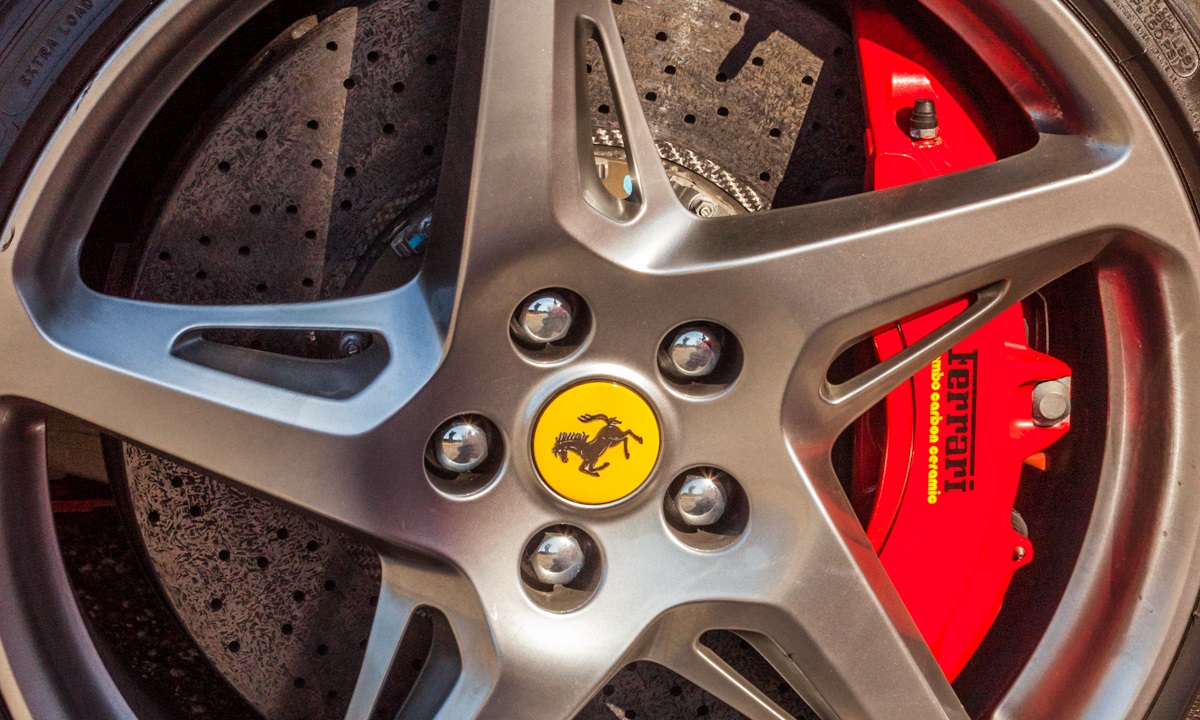

Types of brake fluid
DOT 3
It is the worst quality brake fluid because it picks up moisture and is the one that withstands the least temperature. Its boiling point is only 205º C. A low temperature for the degrees that can be reached in many cars.
The advantages are that it is the cheapest and the most viscous, so it is the least likely to leak through the joints.
DOT 4
It is one of the most used today because they are the minimum necessary for cars with ABS systems and ESP systems. The selling point is that they withstand more temperature without boiling (230º C) and that they are even more viscous than 3.
In addition, there are brands that advertise higher boiling temperatures, even though they continue to maintain the DOT 4 code. In other cases, the Super DOT 4 designation is used.
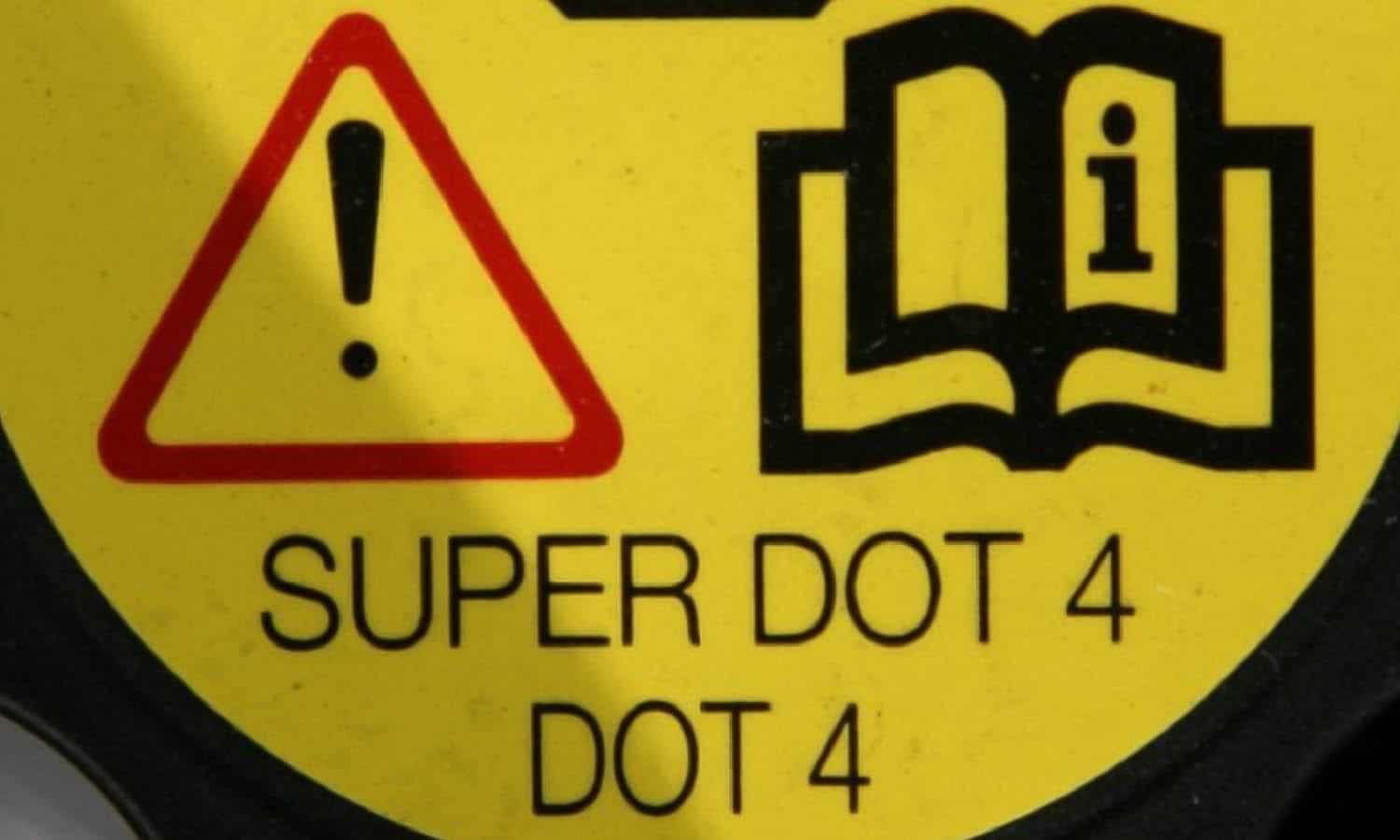
DOT 5.1
This brake fluid is the one that withstands the highest temperature: around 270º. On the other hand, it is the least viscous and therefore the one that leaks most easily through the joints.
In any case, this is not a problem in the cars in which it is mounted, since their braking systems are prepared to prevent leaks.
DOT 5
It is the least used, but it also has a very high boiling temperature. About 260º C. Being composed of silicones instead of polyglycol, it is not compatible with DOT 3, 4 and 5.1.
That is why it is very important that you never mix them, because otherwise they will lose their properties soon and you could have a scare, as well as an unexpected garage bill.
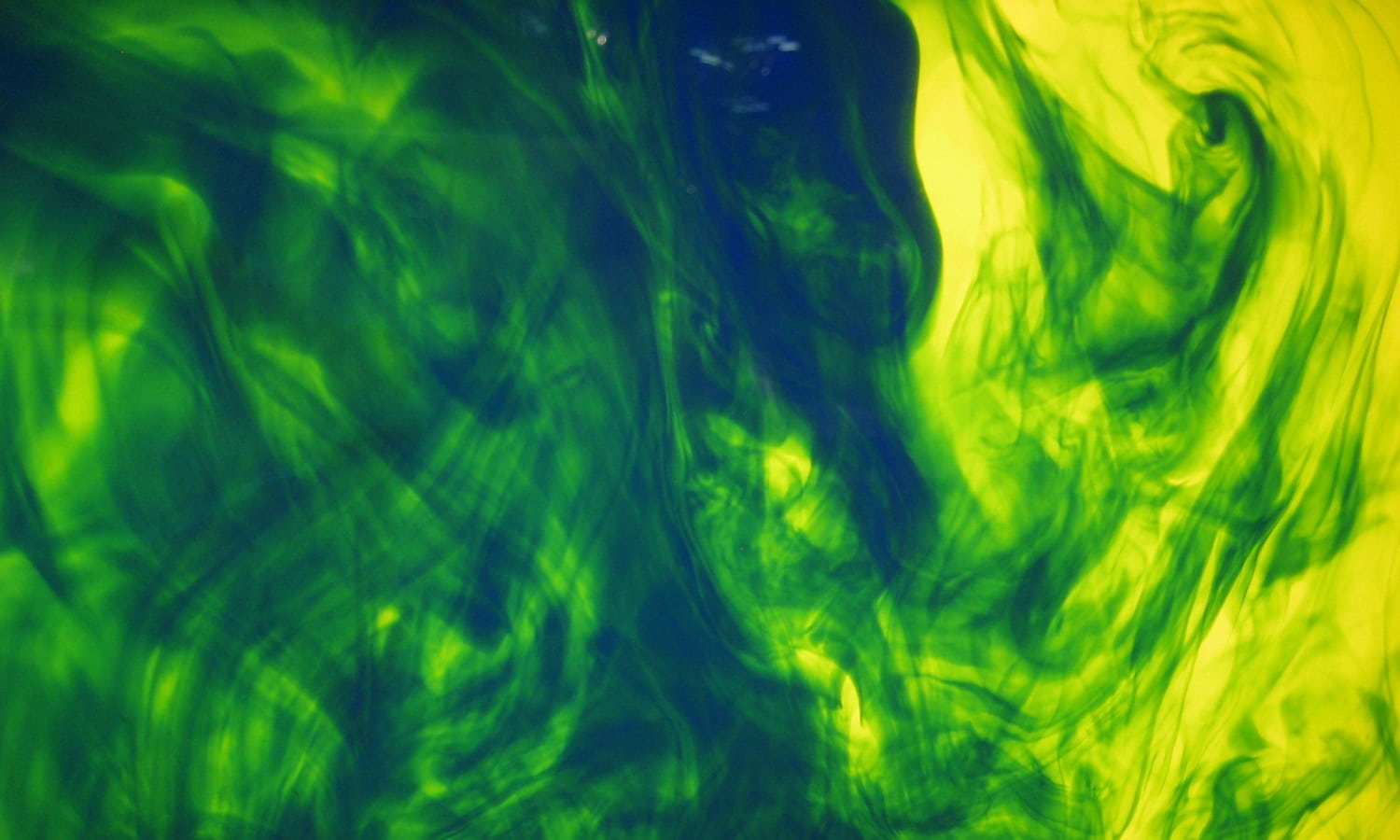
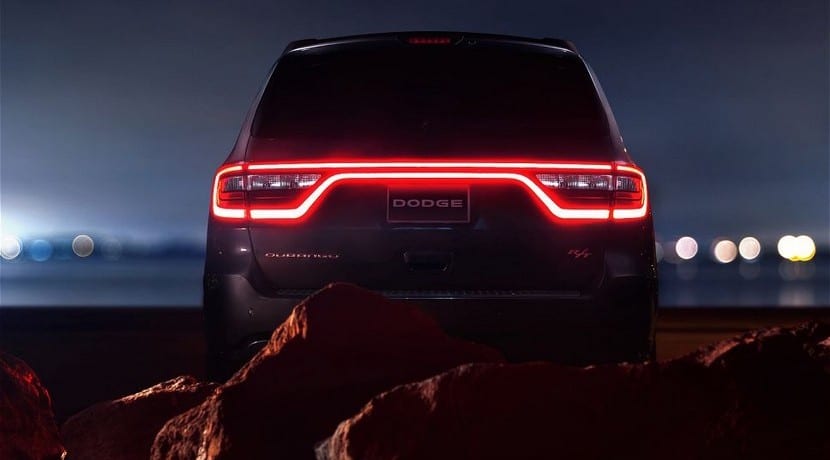
Brake fluid change price
Changing the brake fluid in a car is quite cheap. The price of the liquid itself is little and in the workshops they will charge you little labor time. Price may vary between the 25 and the 50 euros. Although in the brand workshops premium that price can go much higher.
Pictures – schwartz.mark, Maria Cabello, Brian Snelson, Robert Couse-Baker, Pete, Iwao, Selena NBH
I have a problem with brake fluid overflow in my 83' Jeep Wrangler through the reservoir cap and one of the two reservoirs leaks said fluid, the one from the rear wheels, and the other does not.
They tell me it could be the liquid pressure distributor, which is located under said pump, but I still have doubts about it if it could be the rubbers or seals of the pump or wear on it.
Of great help.
Thank you very much!
I have a 2013 chevrolet cruze in the passenger wheel upstairs it's like I wet the caliper with a yellowish oil but it doesn't stain the floor it could be
Hi there.
My car (2009 Chevrolette Spark LS) is leaking fluid at the left rear wheel. The mechanic canceled that brake so that it does not lose more since the rest of the brakes say they are fine. What he proposes to change is the cylinders and brakes of both wheels and the bearings of that rear wheel because he says that the liquid is corrosive and spoils the bearings. Is that so? Thank you !